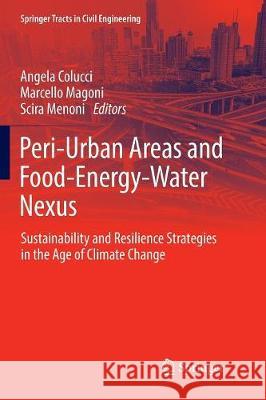Peri-Urban Areas and Food-Energy-Water Nexus: Sustainability and Resilience Strategies in the Age of Climate Change » książka
topmenu
Peri-Urban Areas and Food-Energy-Water Nexus: Sustainability and Resilience Strategies in the Age of Climate Change
ISBN-13: 9783319822433 / Angielski / Miękka / 2018 / 156 str.
Peri-Urban Areas and Food-Energy-Water Nexus: Sustainability and Resilience Strategies in the Age of Climate Change
ISBN-13: 9783319822433 / Angielski / Miękka / 2018 / 156 str.
cena 403,47
(netto: 384,26 VAT: 5%)
Najniższa cena z 30 dni: 385,52
(netto: 384,26 VAT: 5%)
Najniższa cena z 30 dni: 385,52
Termin realizacji zamówienia:
ok. 22 dni roboczych.
ok. 22 dni roboczych.
Darmowa dostawa!
Kategorie:
Kategorie BISAC:
Wydawca:
Springer
Seria wydawnicza:
Język:
Angielski
ISBN-13:
9783319822433
Rok wydania:
2018
Wydanie:
Softcover Repri
Ilość stron:
156
Waga:
0.24 kg
Wymiary:
23.39 x 15.6 x 0.91
Oprawa:
Miękka
Wolumenów:
01
Dodatkowe informacje:
Wydanie ilustrowane











